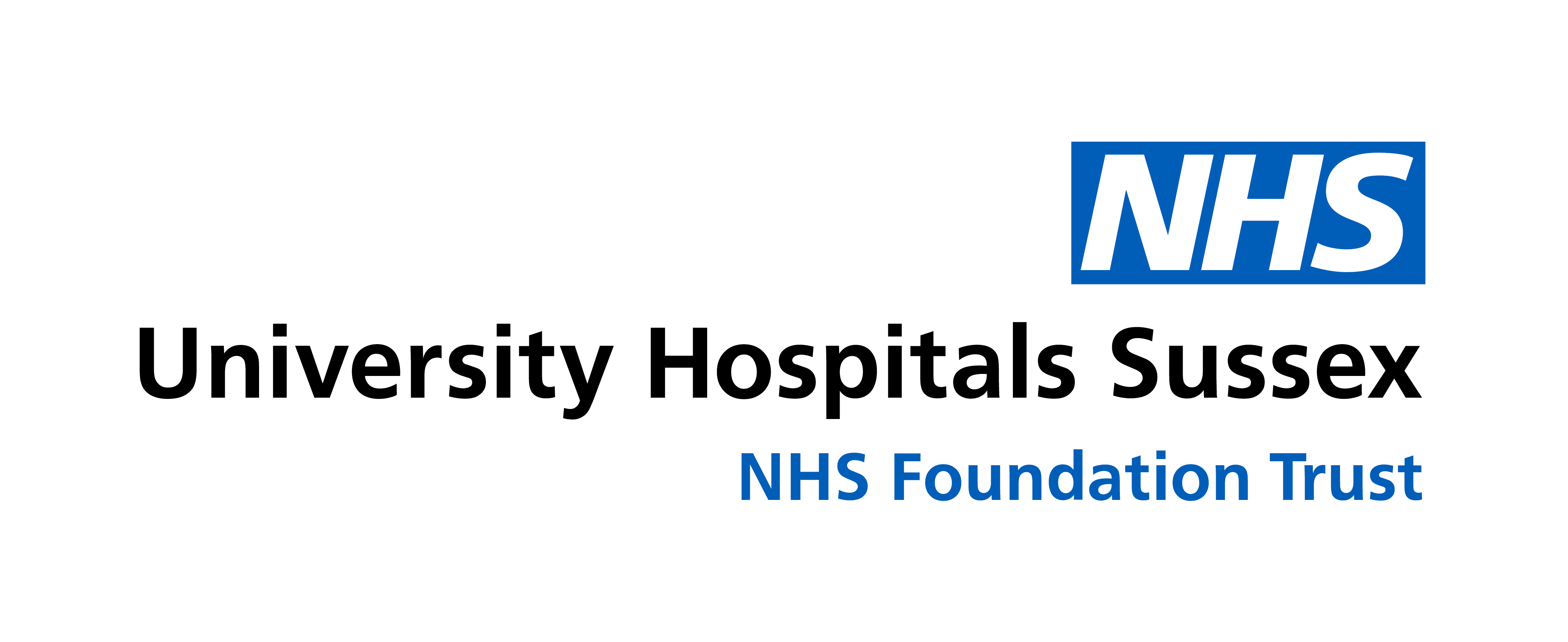Our expert searchers have learnt a lot about drug nomenclature over the years, which may help you if you’re trying to search for drug-related information; here we summarise a presentation given by one of our Clinical Librarians, Tom Roper, to our Searching and Teaching Peer Group.
Every drug has an IUPAC (International Union of Pure and Applied Chemistry) name, for example N-(4-hydroxyphenyl)ethanamide, an approved (official or generic) name from WHO, its recommended international non-proprietary name (rINN) and/or a national name. a British approved name (BAN) on in the USA a United States adopted name (USAN) e.g. Paracetamol, Acetaminophen. Then there are proprietary (brand or trade) names: e.g Tylenol. And then they may have nicknames coined by busy clinicians to describe drugs frequently adminstered, e.g. taz for tazocin (properly piperacillin/tazobactam).
Drug names may seem confusing, to say nothing of being hard to pronounce, but there is a logic to their structure. All drug names have a suffix or affix that describes their mode of action. These are listed on the US National Library of Medicine’s Generic Name Stems site. Many will be familiar: –cillin for the penicillins, leading us to amoxicillin, -mab for the monoclonal antibodies giving enlimomab or -prazole for benzimidazole derived antiulcer agents.
There are traps for the unwary when searching for drugs. As ever, the best search strategy will combine thesaurus terms from the database’s controlled vocabulary, MeSH in the case of MEDLINE, with free text terms, typically searched for in the title and abstract fields of the record. But what about mispellings? Take the drug octenilin. A recent search we ran for this wound irrigation solution found examples of it spelt correctly as octelinin, but also with an extra l, thus octellinin. Misspellings do slip past the eagle eyes of journal editors, so it is often advisable to look for these as well. Using the wildcard ? (which stands for one extra character or none) thus would find both correct and incorrect versions, thus octel?inin. We wouldn’t stop there, but would also add proprietary names, e.g. octel?inin OR octenidine OR octeniderm OR prontosan.
A good source for drug information, as well as the useful but often brief entries in the British National Formulary, is Martindale , available to BSUH users as an e-book with an NHS OpenAthens account. If you want to know the names under which preparations containing paracetamol are sold in Argentina, Martindale is the place to look.

